With the Omicron variant reviving fears around the ongoing Covid-19 pandemic, maintaining good hygiene in church kitchens is paramount. Here’s our guide to keeping your church kitchen clean as well as cook safely for your congregation.
Did you know that the kitchen sink contains 100,000 times more germs than a bathroom or lavatory? That’s according to NHS data, which also says that a used kitchen sponge can contain thousands of bacteria per square inch.
In church kitchens that regularly feed and hydrate congregations, it’s crucial to have systems in place to keep your kitchen clean. Here’s our guide below.
Cleaning and disinfecting surfaces
Surfaces should be cleaned after food preparation with food-safe chemicals that don’t contain bleach. Volunteers should be encouraged to clean thoroughly as they go while cooking and make sure that they are sporadically cleaning countertops and sweeping/mopping floors.
Your kitchen should be laid out in such a way that you don’t have gaps between floors and doors, and you should seek to replace countertops/appliances that create traps that dust and dirt can accumulate in.
When it comes to surfaces, a powder-coated steel countertop is significantly more hygienic than a wooden one. That’s because stainless steel is impervious to water and doesn’t stain, unlike wood.
Avoiding cross-contamination
When thinking about your church kitchen layout, it’s important to think about how food moves around the kitchen – raw and uncooked food could harbour bacteria that could be easily spread to other foodstuffs, and it’s important to ensure you organise your layout to avoid cross-contamination.
Depending on footfall and how often you feed your congregation, you may need additional double-bowl sinks so that different parts can be kept separate for cleaning activities.
Cooking food safely
Before cooking, food should be stored in fridges below 8˚C, while freezers should be below -18˚C (according to health and safety training course provider Commodious). When cooking, it’s important to monitor temperature to prevent food poisoning – this can be done with a food probe thermometer, and as standard food should be cooked until it has reached 70˚C and stayed at that level for two minutes.
It’s also a good idea to use food equipment made of smooth non-absorbent materials and which don’t have areas where food can get trapped.
Registering with your local Borough or Council
If you are serving food from your premises on a regular basis, you may need to register with your local Borough or Council’s Environmental Health Department – speak to your local council to find out more.
You may also be able to speak to your local Borough or Council’s Environmental Health Department about enlisting your kitchen volunteers in a basic food hygiene course. There’s no formal requirement for one, but it’s often recommended.
Steelplan kitchen can help keep your kitchen
Aside from the practices mentioned above, there’s a number of aspects of your kitchen that will make it easier to clean, including:
- Having smooth and impervious walls and ceilings.
- Tiled floors that are slip-resistant (remove carpets, which cannot easily be cleaned and may get contaminated from food dropped from above).
- Powder-coated steel countertops and stainless steel cupboards are much easier to clean, don’t absorb water and are less likely to harbour pests and insects.
- Surfaces should also be sealed around the edges so that food doesn’t accumulate and pests aren’t able to nest there.
Want to start your new kitchen project? The Steelplan Kitchens team can help you build a hygienic, durable kitchen without breaking the bank . Call us on 0844 809 9186 and email us at [email protected] to find out more.





